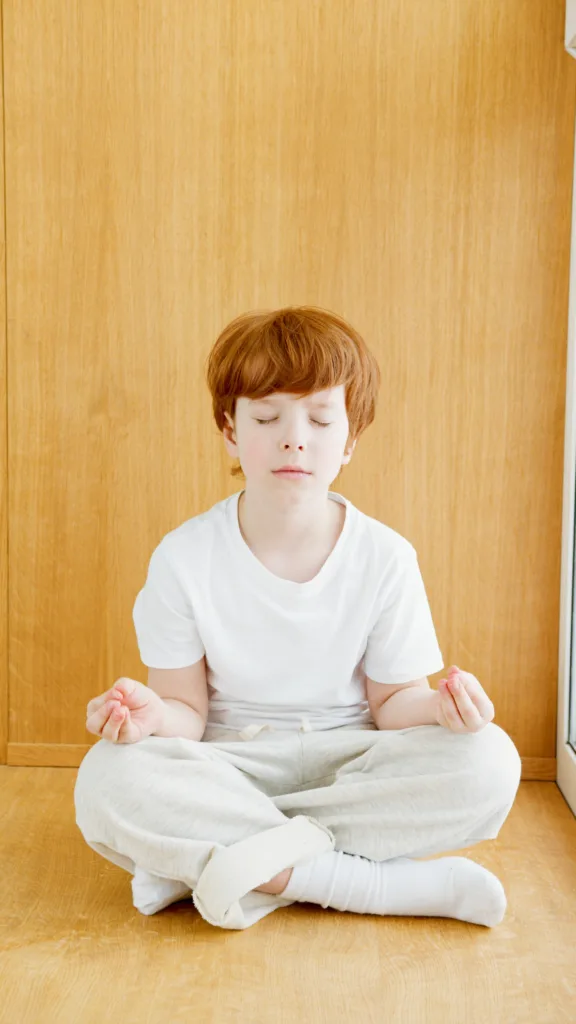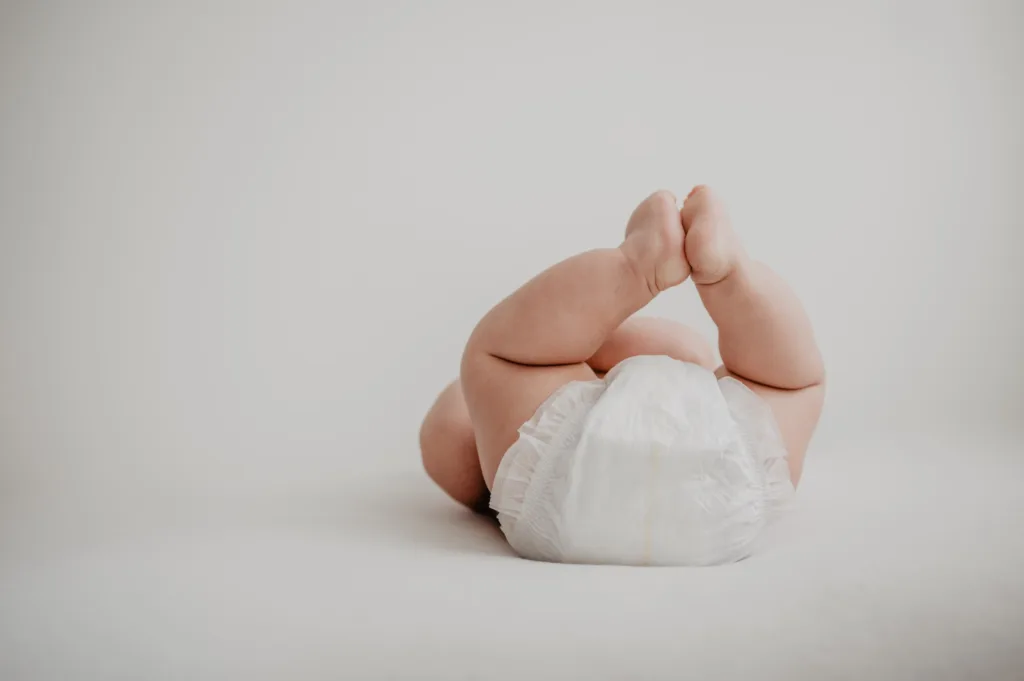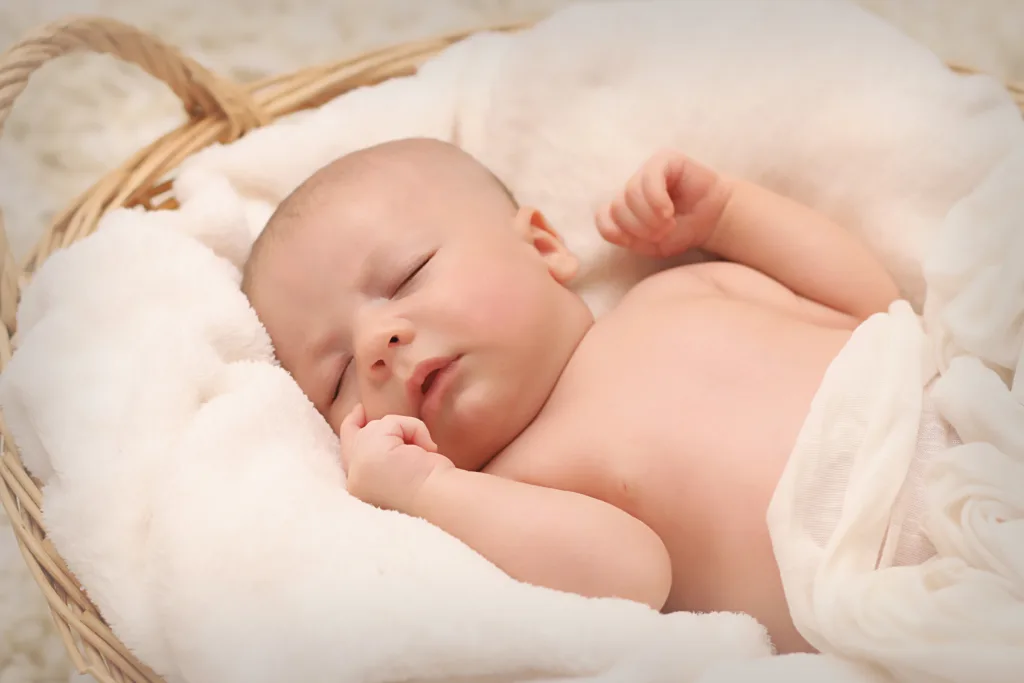We constantly tell our kids to pay attention, focus on their work, stop dreaming, be attentive, and so many other things but did we ever take a moment to maybe teach them how. Isn’t it possible that we think that our kids are disobedient but maybe they don’t know how to do that. Teaching kids mindfulness will show them a way how to ” pay attention”. Below you will find mindfulness exercises, some gratitude and compassion exercises, and readjustment on how we deal with feelings. All three areas are important for mindfulness. You will find below a concise set of exercises that will assist you to teach mindfulness to kids.

As can be seen these days kids find it hard to concentrate on one thing or to retain information. Although technology is helpful in many ways it has made our kids unattentive. On one hand, we tell our children to ” pay attention” but we never teach them how. Many of us ourselves do not know how to pay attention. However, we and our children can learn mindfulness together with some mindfulness exercises. Consequently, this will get our kids to concentrate better and perform better academically.
Below are some exercises to teach mindfulness to kids – designed for you and your child to practice together
Now, you will find below a set of exercises that will help you and your child to be mindful. You can choose any one or a set of two or more exercises.
Stretching
For this exercise, you and your child will lie flat on the floor without touching anyone. Now, with closed eyes, everyone takes a deep breath and stretches their hands, legs, and neck. Think of yourself as a round pulsating ball of energy located at the center of your belly, every breath is pulsing energy into the hands, legs, and neck. Keep stretching and relaxing with each breath. Continue stretching and breathing until the body relaxes.
Rock the toy to sleep
Once the kids are lying still on their backs preferably on the bed but the floor is also fine. In addition, ask them to have their arms on the side and their eyes closed. As soon as they are comfortable and they can feel their weight drop down on the mattress, their muscles relax. Finally, place a stuffed animal toy on their belly. Now, you can guide them by saying that they can now imagine putting the stuffed animal to sleep by rocking him with their inhale and exhale. As their belly moves up and down with their respiration they watch how the toy is moving up and down. Inhale the stuffed animal goes up and exhale the stuffed animal goes down.
Moonwalk
For this one, the kids have to walk slowly. First, they lift their feet slowly, then they move them forward slowly, and then set their foot down while feeling the ground. To accomplish this, you can mark the track from point A to point B, and the kids can moonwalk that stretch incredibly slowly feeling every movement and the ground as their feet touch down. In the beginning, make a small track not more than 10 steps then slowly you can increase. Eventually, you can take your kids out for a nature walk where they walk slowly feeling every movement and the earth below. This is immensely calming and makes us mindful of our walk.
Counting breaths
For this exercise, you and your kids will inhale a long deep breath, and while exhaling count 1 in your mind. So, for the entire exhale you have to say 1-1-1-1-1-1. Likewise, again relax with inhale and exhale count 2-2-2-2-2-2. This can be done till the count of 10 or until the kids feel calm.
Mindful cups
In this practice, you need a cup half filled with water and everyone sitting in a circle. Firstly, one person will start passing the cup clockwise after a round you need to pass the cup counterclockwise. Meanwhile, everyone is sitting in the circle quietly listening to the sound of passing the cup intently. After the first two rounds, everyone will close their eyes and now they need to focus on the sound alone while passing the cups. This exercise brings the mind to the present moment and enables mindfulness.
The eye game
To play this game, you need to notice the color of the eyes of your neighbor and say “Your eyes look black”. When the kids are talking to someone they need to make eye contact and focus to find the eye color. Along with helping them with social anxiety this exercise also brings their attention back to the present moment and brings awareness to the conversation.
Living with grace and compassion
Along with doing mindfulness exercises with young ones, it is equally important to recognize what we have in life and be grateful for it. If our kids can recognize and start appreciating what they have in life and focus less on what they want, which is mostly the case these days, they will grow up to be happy and content adults. Importantly instead of having the feeling of lack, it is a helpful skill to appreciate the small things in life.
Another important skill is compassion. Learning to be compassionate to others’ pain and suffering is the way to be a good human being.
Compassion and gratitude bring mindfulness to the kids.
You can achieve this by practicing the following exercises.
Grateful prayer
Gratitude teaches kids to be thankful and appreciative for things they have. Instead of feeling lack and neediness if the kids learn to appreciate what they already have they will be more calm and content. So, once a day at night right before bed say two things that you are grateful for that day. Now this doesn’t have to be a big thing it can be something small like being thankful for the beautiful sunshine today or being thankful for a yummy dinner. In essence, this practice will help kids to be mindful of the things they have in their lives.
Sending wishes
Along with being grateful sending warm wishes to others reinforces compassion and empathy in kids. At night before sleeping tell the kids to close their eyes to send wishes. Firstly, imagine themselves and wish them health, happiness, and peace. They can say something like ” I wish I am happy, healthy, and at peace.” Secondly, they can imagine any family member and wish them the same way. Lastly, they need to imagine someone outside the family who they think is in need of some warm wishes.
Controlling our reactions to feelings
Along with breathing exercises, gratitude, and compassion, another important step for being mindful is learning to sit with the feeling. To accomplish this we need to accept our feelings in whatever form they come.
Host your feelings
Anticipate that the storm of feelings is welling up and be ready to host it in the living room of your body. Now this is not easy with elders so with small children it is even harder. But I wish all elders were taught this when they were small it is such an essential skill. That being said when the kids are very very scared or very very sad our immediate response is to fix it. Instead of rushing in to quickly fix their problem, we can be the calm adult who tells them that yes these feelings have come up but they will pass like every other feeling. Now, we are not going to tell them that everything is okay or nothing happened, something did happen. But even when something happens we can still digest those feelings. That being said when the wave of feelings comes to the surface we just let it pass through our body without adding any words or thoughts to it. In the long run, this will be an incredibly valuable skill to just see the feelings come and see them go without reacting to them at all. That being said when some unpleasantness does arise we breathe and see the feeling become bigger and bigger up to a point and then it starts diminishing before it is all gone.
Discomfort will arise
Many times we experience discomfort when things do not go as we want them to. And that feeling of discomfort is unbearable for us and much worse with kids. So, when your kid says something like it is not fair I should have got this or I want a blue color toy or I can’t wait for my turn. You can look at them and tell them that indeed it is not fair and yes they should have got this but life is not fair. Although they did not get what they wanted still they can let the feeling of dissatisfaction run its course. Furthermore, we let the kids know that we are here for them and we will support them but we can’t fix the problem or make it go away. As we know life will have many bumps rather than removing the bumps for them we need to prepare our kids to to learn deal with them. We host our unpleasant feelings by breathing and seeing them becoming smaller and disappear, in the same way, we can breathe and see the discomfort slowly diminish with each breath we take.
Got a baby who won’t sleep read this it will definitely help you.

